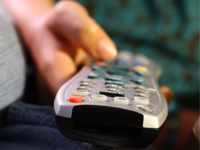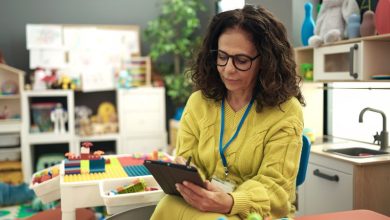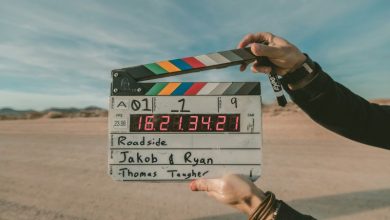Copyright: A licence to copy

 Teachers who want to use television programmes in the classroom can do so with ease,
Teachers who want to use television programmes in the classroom can do so with ease,
thanks to a special audiovisual copying licence established under the Copyright Act 1994.
Copyright owners can offer a licence to educational institutions that allows them to copy programmes, provided they pay a fee for this use, under section 48 of the Act.
The licence, administered by Screenrights – an organisation representing broadcasters, producers, writers, music copyright owners and other rights holders – allows for copying of broadcasts from television and radio and, in some cases, the internet.
The terms of the licence mean that schools enter an agreement with Screenrights, pay an annual fee per student, and can then copy whatever they like from television and radio, whenever they like.
The programmes and shows copied by the school are monitored through a simple survey system. These results are then used to distribute licence fees back to copyright owners on a non-profit basis.
Screenrights licensing executive James Dickinson says the legislation ensures access to this wealth of material for teaching, and provides payment to the people who make the programmes used in class.
“This is important because it helps filmmakers get the funds they need to continue making the type of programmes teachers want to use – including documentaries and educational programming,” he says.
The legislation has undergone various changes since it was first enacted to make sure that it stays up to date with technology.
“Originally we were just talking about video copying but now the use is so much wider,” Dickinson says.
Teachers can make digital or analogue copies, and can store and play these copies on content management systems such as Clickview. More recently, changes to the Copyright Act have allowed teachers to copy certain programmes and material from the internet. Teachers can download broadcast material that has been legally made available online, giving even further options in how they find the programmes they want to use in class. Schools can also download copies from resource centres like E-cast.
“It’s very flexible,” Dickinson says. “Schools can administer how they copy – whether this is done through a central AV unit, by teachers at home, through a service provider or a combination of all three.”
Under the legislation, once a licence, such as the Screenrights licence, is offered to educational institutions, schools that do not enter this agreement can be liable for copyright infringement if they continue to copy television or radio programmes. “Our aim is to encourage all schools to take out a licence agreement,” Dickinson says. “The New Zealand School Trustees Association contacts every school and sends them information, along with a simple form. It’s simply a matter of paying the invoice. If you choose not to do this, you miss out on what is now a very important teaching resource, or you run the risk of infringing the law, with substantial penalties possible.”
Licensed schools can also subscribe to a free weekly email guide that lets teachers know about upcoming broadcasts relevant to the curriculum. This means they can plan their recording schedules, making sure they don’t miss out on the perfect programme for their class.
To find out more about the Screenrights licence, visit www.screenrights.org/nz








